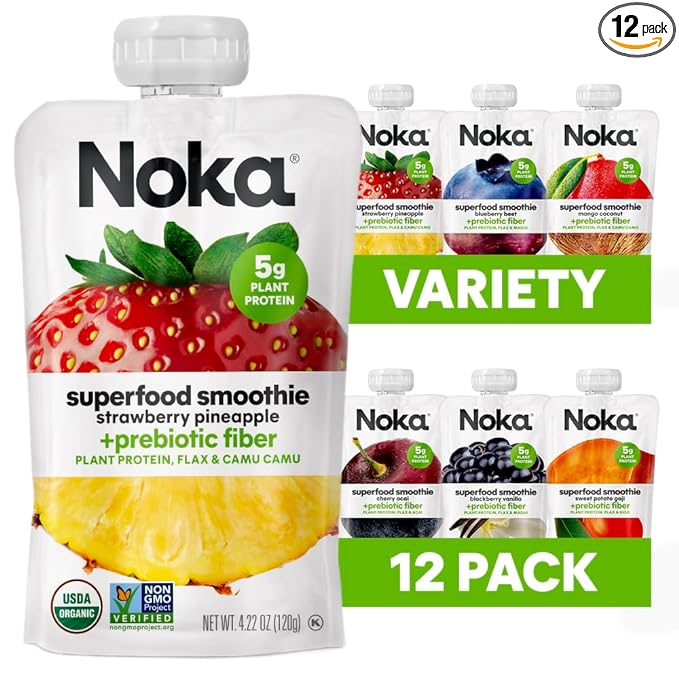Explanation of the Keto Diet
The Keto Diet, also known as the ketogenic diet, is a high-fat, low-carb diet that has gained popularity in recent years due to its weight loss benefits and potential health benefits. However, some people may experience stomach pain while following the Keto Diet, leading to the common question, "Why does my stomach hurt on the Keto Diet?"
In this article, we will discuss the possible causes of stomach pain on the Keto Diet and provide tips on how to prevent it. We will also discuss when to seek medical attention if stomach pain persists. Understanding the Keto Diet and its potential effects on the body is crucial in maintaining a healthy and successful experience on this diet.

Understanding the Keto Diet
Overview of how the Keto Diet works
The Keto Diet works by limiting carbohydrate intake to 20-50 grams per day, which is significantly lower than the typical daily intake of 225-325 grams. This low intake of carbohydrates forces the body to enter a state of ketosis, where it begins to produce ketones, molecules that are produced when the body breaks down fat for energy.
By relying on fat for fuel, the body enters a state of ketosis, where it burns stored fat and potentially leads to weight loss. The Keto Diet also has the potential to improve blood sugar control, reduce inflammation, and lower the risk of certain diseases.
Benefits and Risks of the Keto Diet
The Keto Diet has been shown to have several potential benefits, including weight loss, improved blood sugar control, increased energy levels, and potential health benefits related to reducing the risk of certain diseases.
However, the Keto Diet also carries some risks, including potential nutrient deficiencies due to limited food options, increased risk of heart disease due to high intake of saturated fat, and potential gastrointestinal side effects such as constipation, diarrhea, and stomach pain.
It is important to consider the potential benefits and risks of the Keto Diet before starting this dietary plan and to consult with a healthcare professional to determine if it is safe and appropriate for individual needs and health concerns.
Causes of Stomach Pain on the Keto Diet
Increased Fat Consumption
One possible cause of stomach pain on the Keto Diet is increased fat consumption. The Keto Diet emphasizes high-fat intake to promote ketosis, but consuming too much fat can lead to digestive discomfort, bloating, and stomach pain.
Lack of Fiber
Another potential cause of stomach pain on the Keto Diet is a lack of fiber. Since the Keto Diet restricts carbohydrate intake, it may be difficult to consume enough fiber, which is important for maintaining digestive health. A lack of fiber can lead to constipation, abdominal pain, and other gastrointestinal issues.
Changes in Gut Microbiome
The Keto Diet can also lead to changes in the gut microbiome, which can cause stomach pain. Studies have shown that changes in gut bacteria can affect the digestive system and potentially cause discomfort.
Dehydration
Finally, dehydration can cause stomach pain on the Keto Diet. Since the Keto Diet promotes water weight loss, it is important to stay hydrated to prevent dehydration. Dehydration can cause constipation, abdominal pain, and other digestive issues.
It is important to monitor these potential causes of stomach pain on the Keto Diet and take steps to prevent or alleviate discomfort. Making sure to consume enough fiber, staying hydrated, and monitoring fat intake can help reduce the risk of stomach pain while following the Keto Diet.

How to Prevent Stomach Pain on the Keto Diet
Increase Fiber Intake
To prevent stomach pain on the Keto Diet, it is important to increase fiber intake. Some high-fiber foods that are Keto-friendly include nuts, seeds, leafy greens, avocados, and low-carb vegetables such as broccoli and cauliflower. Consider incorporating more fiber-rich foods into meals to improve digestion and prevent constipation.
Stay Hydrated
Another important step to prevent stomach pain on the Keto Diet is to stay hydrated. Drinking enough water is crucial to maintaining digestive health and preventing dehydration. Aim to drink at least 8-10 cups of water per day, and consider adding in electrolyte-rich drinks such as bone broth or coconut water to replenish electrolytes lost during the transition to ketosis.
Monitor Fat Intake
To prevent stomach pain caused by excessive fat consumption, it is important to monitor fat intake. While the Keto Diet requires a high fat intake, it is important to choose healthy sources of fat such as nuts, seeds, and fatty fish rather than processed or saturated fats. Be mindful of portion sizes and make sure to balance fat intake with other macronutrients such as protein and carbohydrates.
Incorporate Probiotics
Finally, incorporating probiotics into the Keto Diet can help maintain gut health and prevent stomach pain. Probiotics can be found in matured food sources like yogurt, kefir, and sauerkraut, or in supplement structures. They can help improve digestion, reduce inflammation, and promote a healthy gut microbiome.
By incorporating these strategies into the Keto Diet, it is possible to prevent stomach pain and other digestive issues while still reaping the benefits of this dietary plan.
When to Seek Medical Attention
Symptoms that require medical attention
While most instances of stomach pain on the Keto Diet can be managed with the above prevention strategies, it is important to know when to seek medical attention. Some symptoms that may require medical attention include:
- Severe abdominal pain
- Bloody stool or vomit
- Persistent nausea or vomiting
- High fever
- Yellowing of the skin or eyes (jaundice)
Assuming you experience any of these side effects, look for clinical consideration right away.
Possible underlying conditions causing stomach pain
Stomach pain on the Keto Diet can also be a symptom of an underlying condition. Some conditions that may cause stomach pain include:
- Gallbladder disease
- Pancreatitis
- Inflammatory bowel disease (IBD)
- Gastroesophageal reflux disease (GERD)
- Celiac disease
If stomach pain persists despite prevention strategies or is accompanied by other symptoms such as diarrhea, fever, or weight loss, it may be a sign of an underlying condition and warrant a medical evaluation.
In summary, while stomach pain on the Keto Diet is common, it can usually be prevented with proper dietary adjustments and hydration. However, if you experience severe or persistent symptoms, it is important to seek medical attention to rule out any underlying conditions.

Recap of the Keto Diet and stomach pain
The Keto Diet is a popular diet plan that promotes high fat intake and restricts carbohydrates to induce ketosis. While stomach pain is a common side effect of the Keto Diet, it can be managed with proper prevention strategies.
Tips for preventing stomach pain on the Keto Diet
To prevent stomach pain on the Keto Diet, it is important to increase fiber intake, stay hydrated, monitor fat intake, and incorporate probiotics. These strategies can help maintain digestive health and reduce the risk of discomfort.
Importance of seeking medical attention when necessary
While most instances of stomach pain on the Keto Diet can be managed with prevention strategies, it is important to seek medical attention if symptoms persist or are severe. Some symptoms may be a sign of an underlying condition that requires medical evaluation.
By understanding the potential causes of stomach pain on the Keto Diet and taking steps to prevent discomfort, it is possible to maintain a healthy and sustainable Keto lifestyle. Remember to listen to your body and seek medical attention if necessary to ensure the best possible outcomes.






